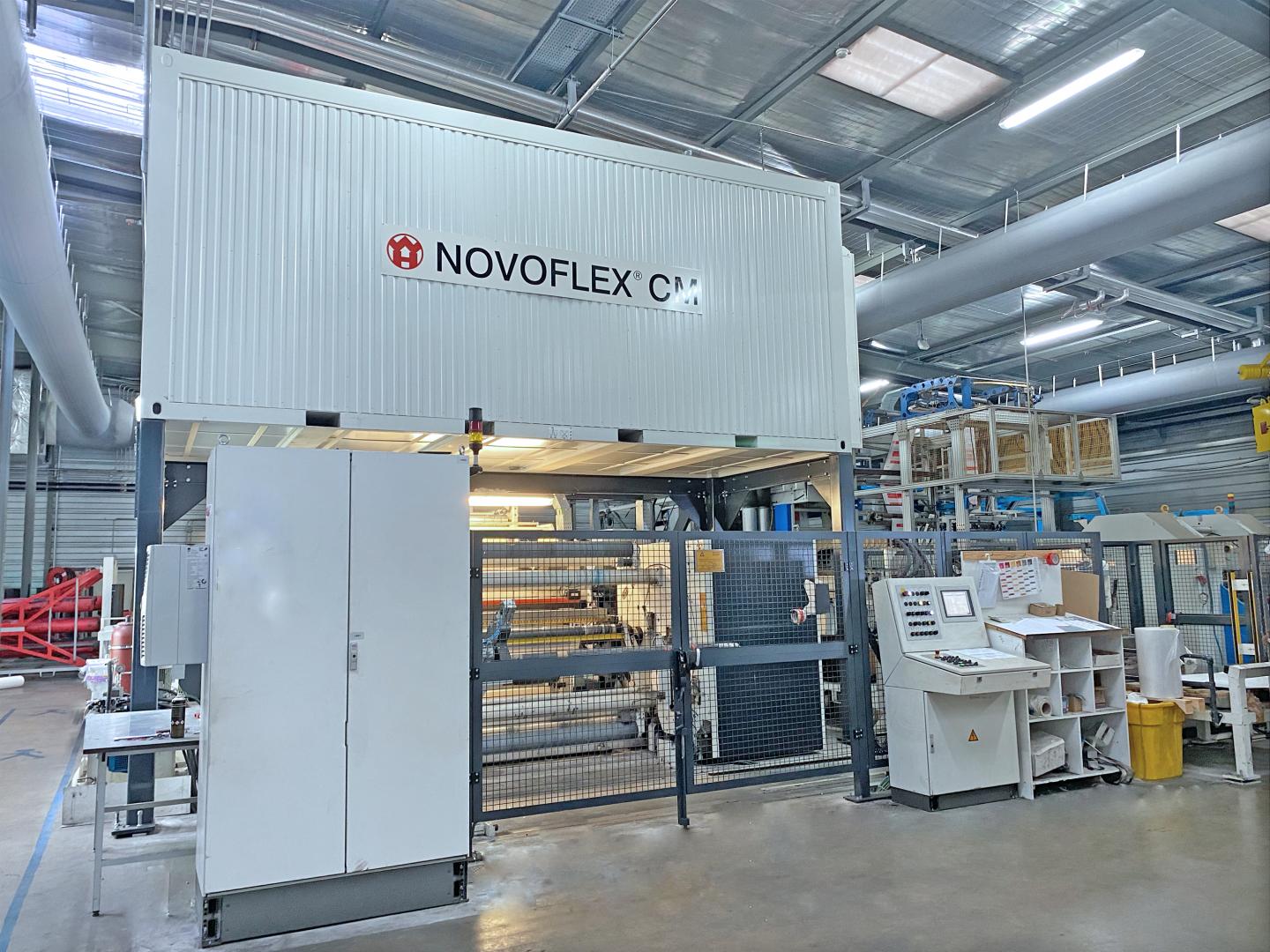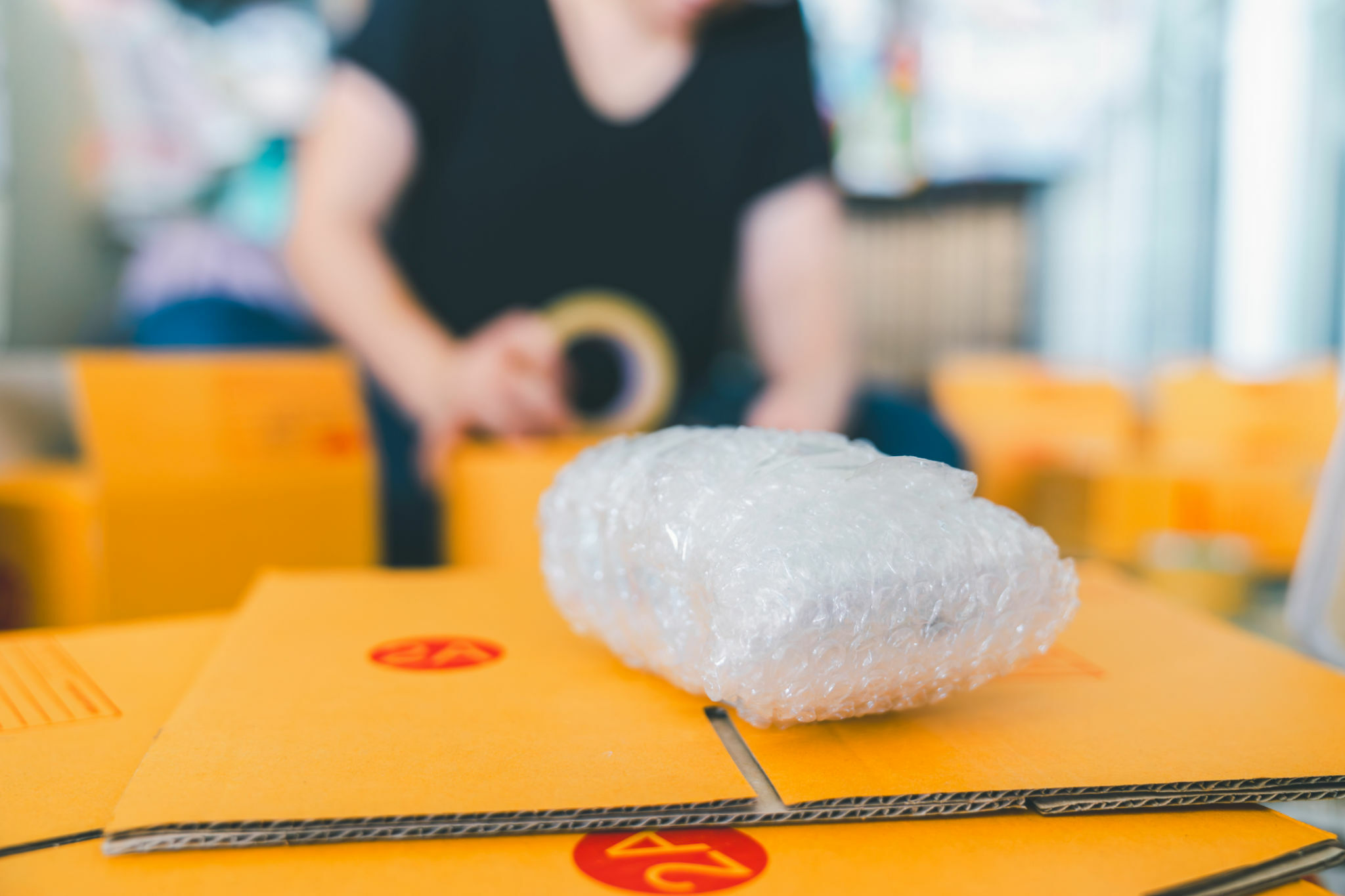Ideal Protection: Industrial Packaging Solutions Tailored for Success
Ideal Protection: Industrial Packaging Solutions Tailored for Success
Blog Article
Reliable Industrial Recycling Solutions for Sustainable Packaging: A Comprehensive Overview
In today's significantly environmentally-conscious world, the demand for lasting packaging solutions has actually never been greater. To fulfill this need, companies across industries are proactively seeking effective commercial recycling remedies. However, browsing the complicated landscape of sustainable product packaging can be testing without a comprehensive overview. That's where this detailed overview on effective commercial recycling solutions for sustainable packaging comes in. By exploring key locations such as packaging material choice, designing for recyclability, applying recycling framework, collaborating with reusing companions, and tracking and measuring recycling success, this guide will certainly outfit you with the understanding and tools needed to make enlightened decisions and drive positive adjustment within your organization. Whether you're a packaging expert, sustainability manager, or just interested in the subject, this guide will certainly supply beneficial understandings and methods to assist you browse the globe of sustainable packaging.
Packaging Material Selection
The choice of product packaging materials plays a critical role in making sure the sustainability of commercial reusing remedies. When it concerns lasting product packaging, the option of materials is key in minimizing ecological effect and making the most of recycling effectiveness. Picking the appropriate products can help in reducing waste generation, preserve sources, and advertise a round economic situation.
One vital variable to take into consideration in product packaging material selection is recyclability - industrial packaging solutions. Products that can be conveniently reused and included back right into the production cycle are chosen. Materials like cardboard, paper, glass, and certain kinds of plastics can be recycled multiple times without losing their quality. On the other hand, materials that are challenging to recycle, such as non-recyclable composites or mixed plastics, can produce challenges for the reusing process and might finish up in incinerators or garbage dumps.
Another factor to consider is making use of sustainable and naturally degradable products. Packaging made from renewable energies, such as plant-based plastics or biopolymers, can help in reducing dependency on fossil fuels and minimize climate modification. In addition, naturally degradable products break down normally over time, minimizing the accumulation of waste in garbage dumps.
Furthermore, the weight and volume of product packaging materials must be reduced to minimize transport costs and power usage. Light-weight materials not just call for less resources during manufacturing but likewise add to reduce carbon exhausts during transportation.
Creating for Recyclability
Packaging developers need to prioritize the usage of products that are commonly accepted for reusing and have actually developed reusing frameworks. Products such as glass, aluminum, and particular kinds of plastic, like Pet dog and HDPE, are commonly reused and must be chosen over materials that are expensive or difficult to reuse.
One more crucial consideration in making for recyclability is the removal of unnecessary parts or materials. By reducing the number of layers, layers, and extra components, product packaging can be made easier and simpler to reuse. Furthermore, designers must aim to reduce the usage of blended materials, as they can complicate the reusing procedure.

Implementing Recycling Framework
Effective execution of recycling infrastructure is critical for the success of industrial reusing services. Without correct facilities in location, the reusing process ends up being inefficient and inefficient, hindering the total goal of sustainable product packaging.
To execute reusing infrastructure efficiently, numerous key factors require to be considered. There should be a well-organized collection system that promotes the separation and collection of recyclable products. This can include assigned recycling containers in public rooms, as well as collaborations with waste administration business for curbside pick-up and sorting.
As soon as collected, the recyclable materials require to be transported to recycling facilities in a timely way. This needs reliable logistics and transport networks, ensuring that the materials reach the ideal centers immediately.
At the recycling facilities, advanced sorting and processing innovations ought to be in location to separate different kinds of materials efficiently. This includes using automated sorting makers, optical scanners, and hand-operated sorting techniques.
Furthermore, there should be a robust market demand for recycled materials. This can be achieved through cooperations with suppliers and sectors that make use of recycled products in their production processes. Creating a steady market for recycled products incentivizes the reusing industry and promotes the round economic climate.
Collaborating With Recycling Partners

One trick facet of teaming see up with recycling partners is the establishment of clear interaction channels. It is essential to establish open lines of communication to help with the exchange of information, updates, and responses. This permits both events to stay notified about the progress of recycling initiatives and attend to any type of challenges or problems that might arise.
Furthermore, cooperation can entail joint initiatives in making and implementing reusing programs. Reusing partners can supply beneficial insights and support in developing reliable collection systems and figuring out the most suitable recycling technologies. By interacting, companies and reusing partners can maximize the recycling procedure and reduce waste.
Additionally, collaboration can prolong beyond the functional aspects of recycling. It can likewise incorporate advocacy and education and learning initiatives. By signing up with pressures, businesses and recycling companions can raise understanding concerning the importance of recycling and advertise the fostering of sustainable packaging practices among consumers and other stakeholders.
Monitoring and Measuring Recycling Success
To make sure the performance of commercial recycling services and the achievement of lasting product packaging objectives, it is essential for services and their reusing partners to establish a detailed system for monitoring and gauging reusing success (industrial packaging solutions). Measuring and tracking recycling success allows businesses to assess the impact of their recycling initiatives, determine areas for enhancement, and set significant targets for future development
One means to track reusing success is with using data collection and analysis tools. By gathering data on the amount of packaging waste generated, the percent of waste that is recycled, and the types of materials being reused, organizations can obtain beneficial insights right into their reusing efficiency. This data can then be evaluated to recognize fads, patterns, and locations of ineffectiveness.
One more essential aspect of monitoring and determining recycling success is developing clear and standardized metrics. This enables organizations to contrast their performance against sector standards and track their development with time. Metrics such as reusing rates, waste diversion prices, and greenhouse gas discharges can offer a measurable step of a company's reusing success.

Verdict
Finally, executing effective commercial recycling solutions for lasting packaging calls for cautious consideration of product packaging material selection, making for recyclability, carrying out recycling facilities, collaborating with recycling partners, and tracking and gauging recycling success. By including these methods, businesses can contribute to you can try here a more lasting and environmentally-friendly technique to packaging, minimizing waste and advertising the circular economic situation.
By checking out vital areas such as product packaging material option, designing for recyclability, applying recycling framework, collaborating with reusing partners, and monitoring and determining recycling success, this guide will certainly equip you with the expertise and tools needed to make informed choices and drive positive adjustment within your organization. Product packaging developers ought to focus on the use of products that are extensively accepted for recycling and have actually established recycling frameworks.Partnership with reusing partners is essential for the effective implementation of commercial recycling options and the achievement of sustainable product packaging more information goals. By joining pressures, companies and reusing partners can elevate awareness regarding the significance of reusing and promote the adoption of lasting product packaging techniques amongst customers and other stakeholders.
By collecting data on the quantity of product packaging waste generated, the percentage of waste that is recycled, and the types of products being recycled, companies can get important insights into their recycling performance.
Report this page